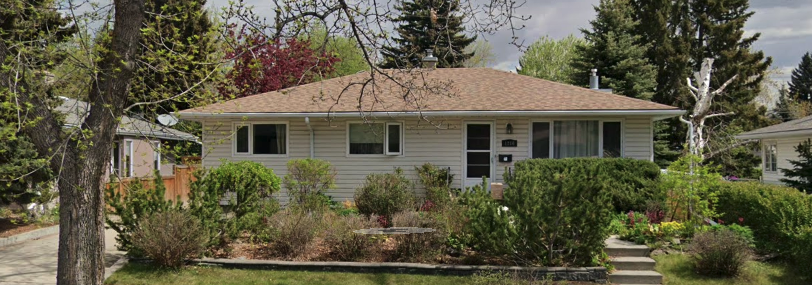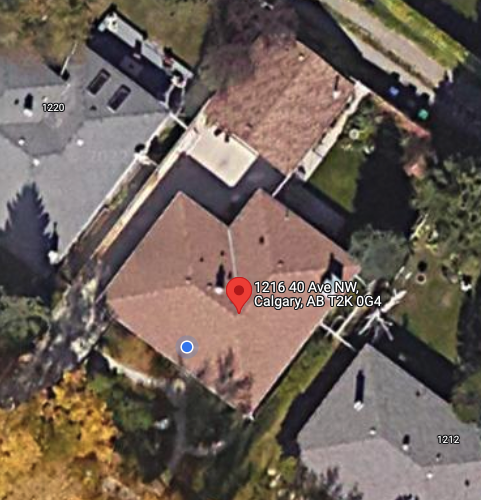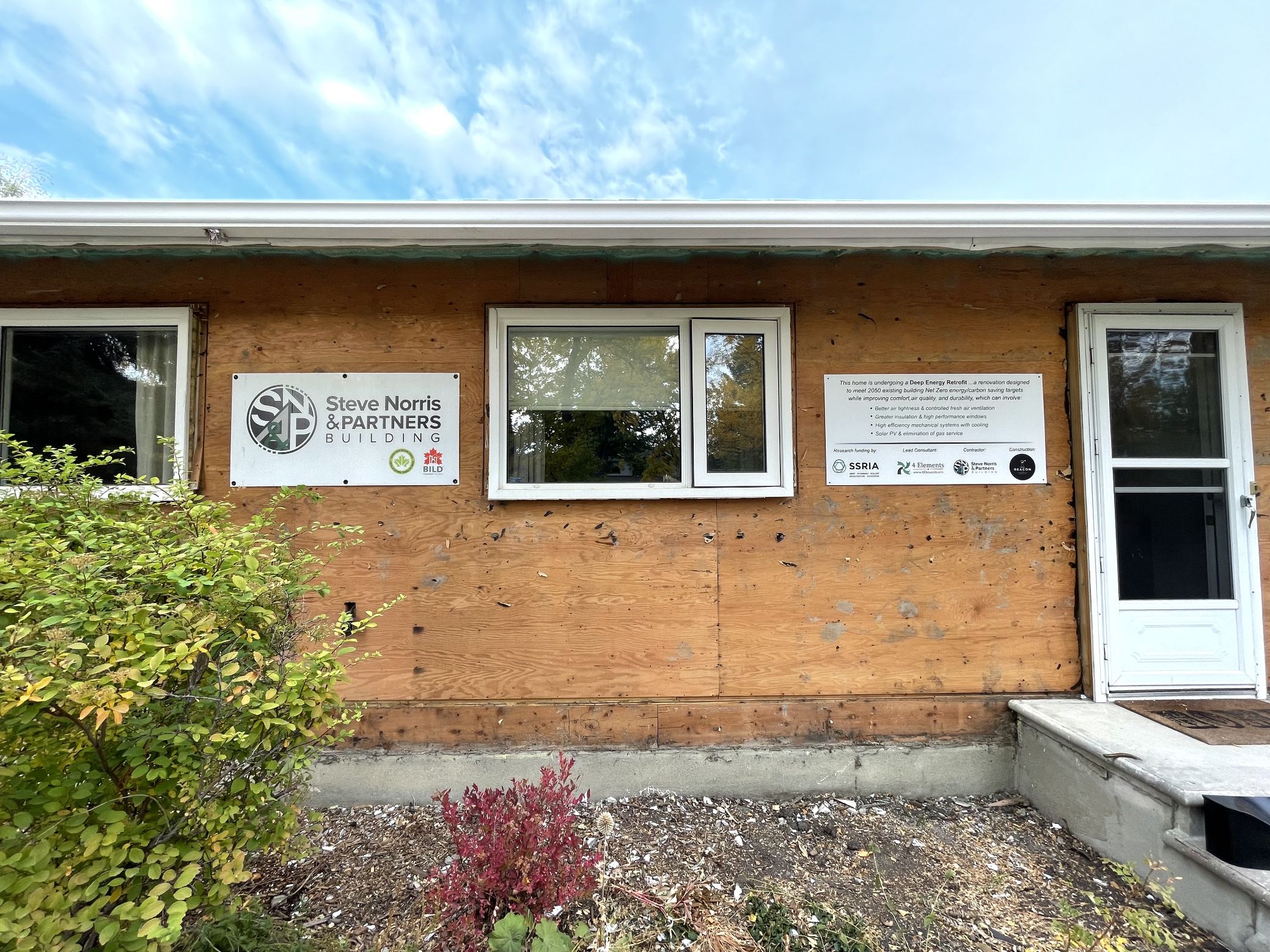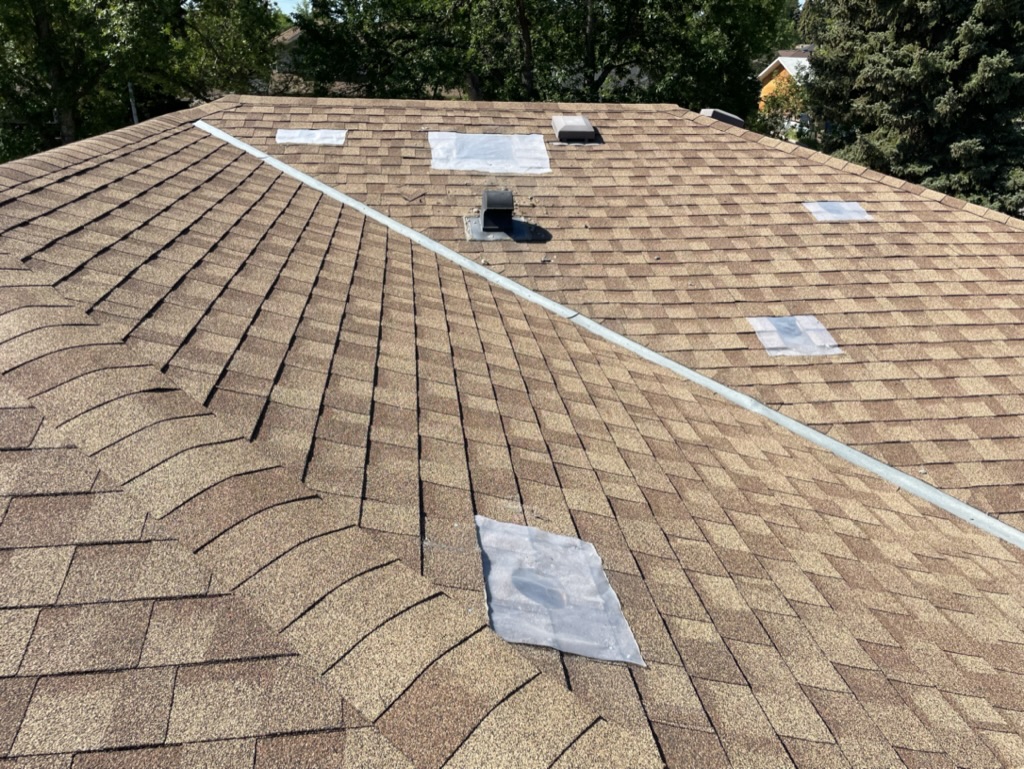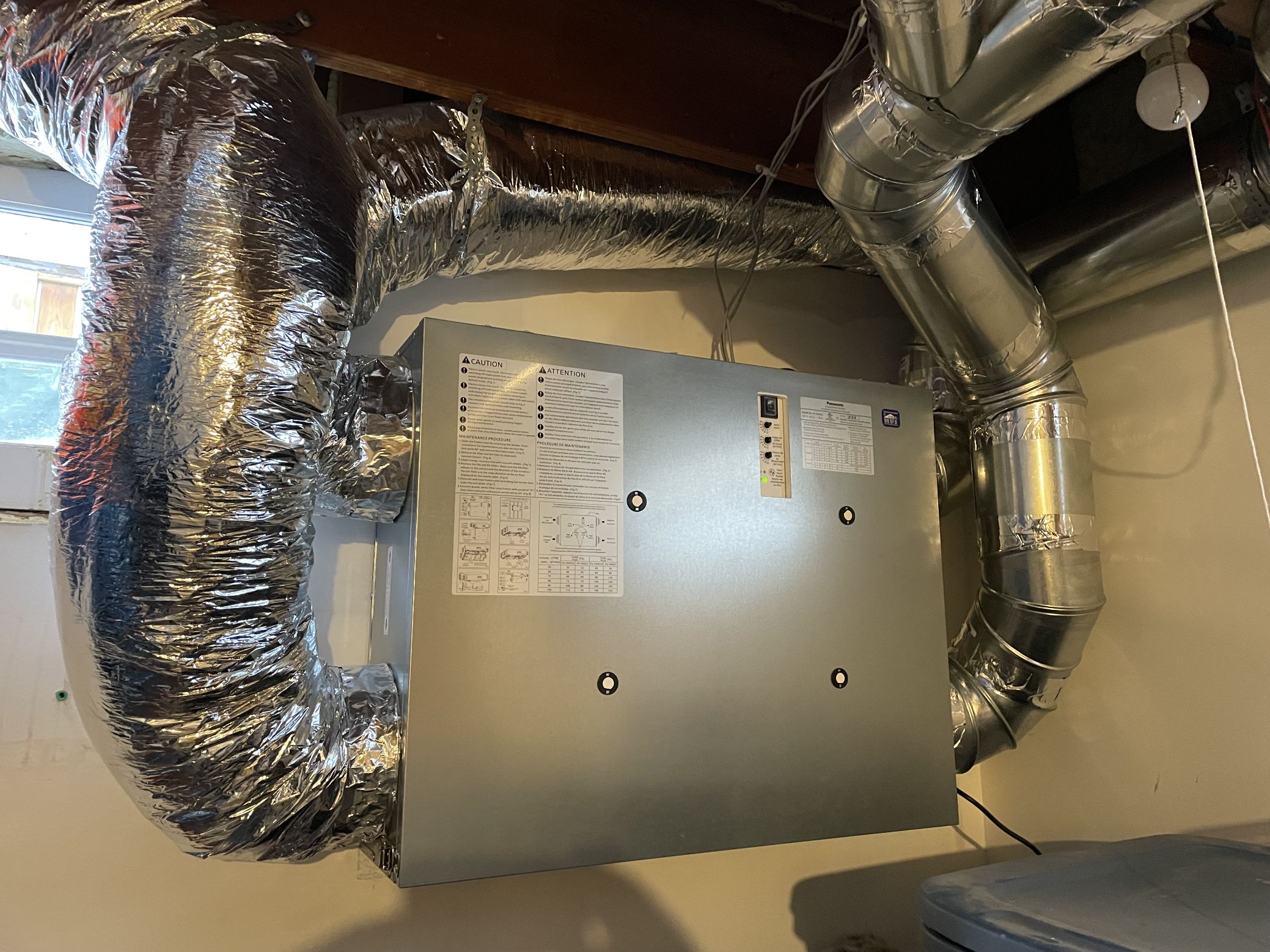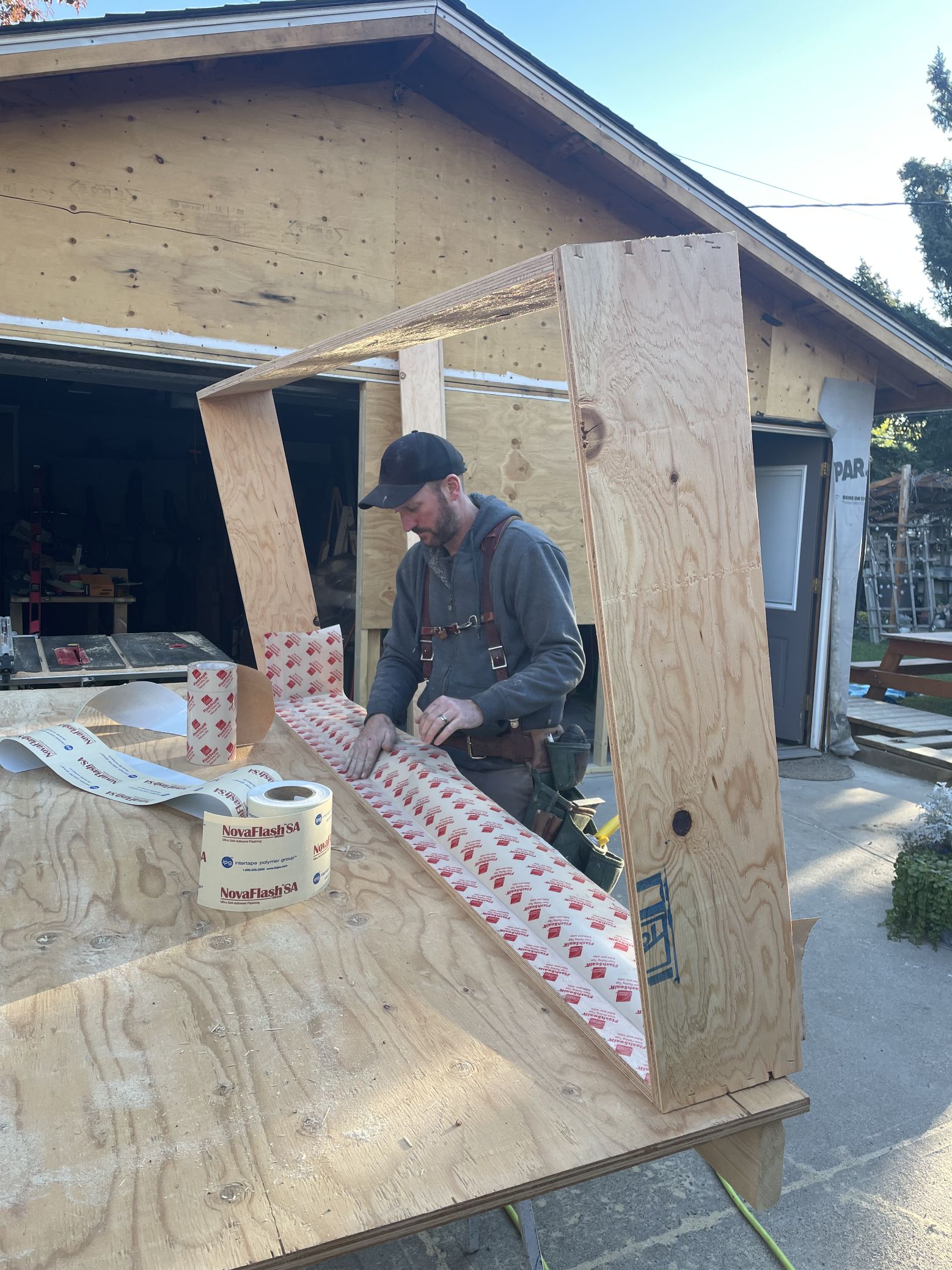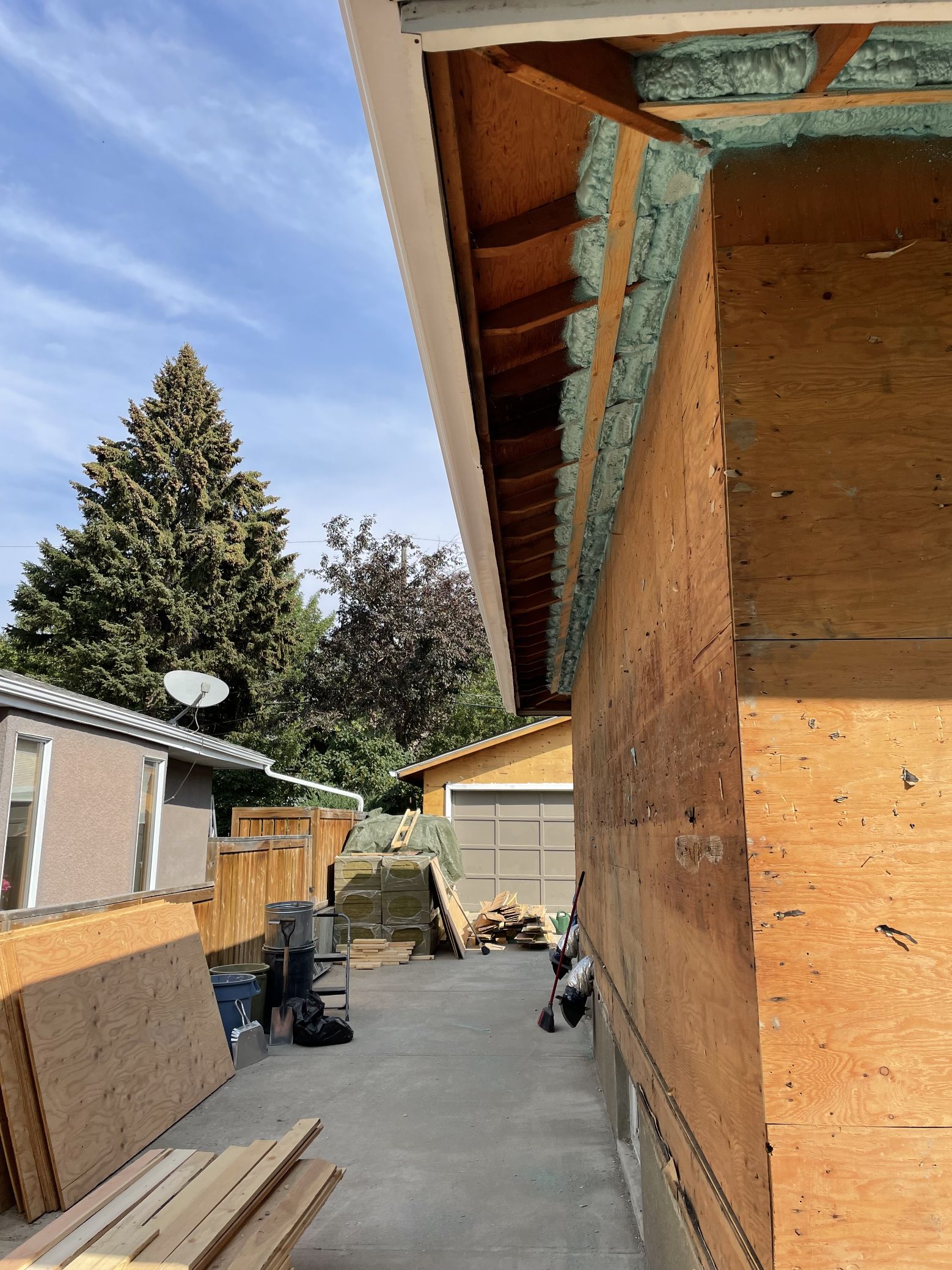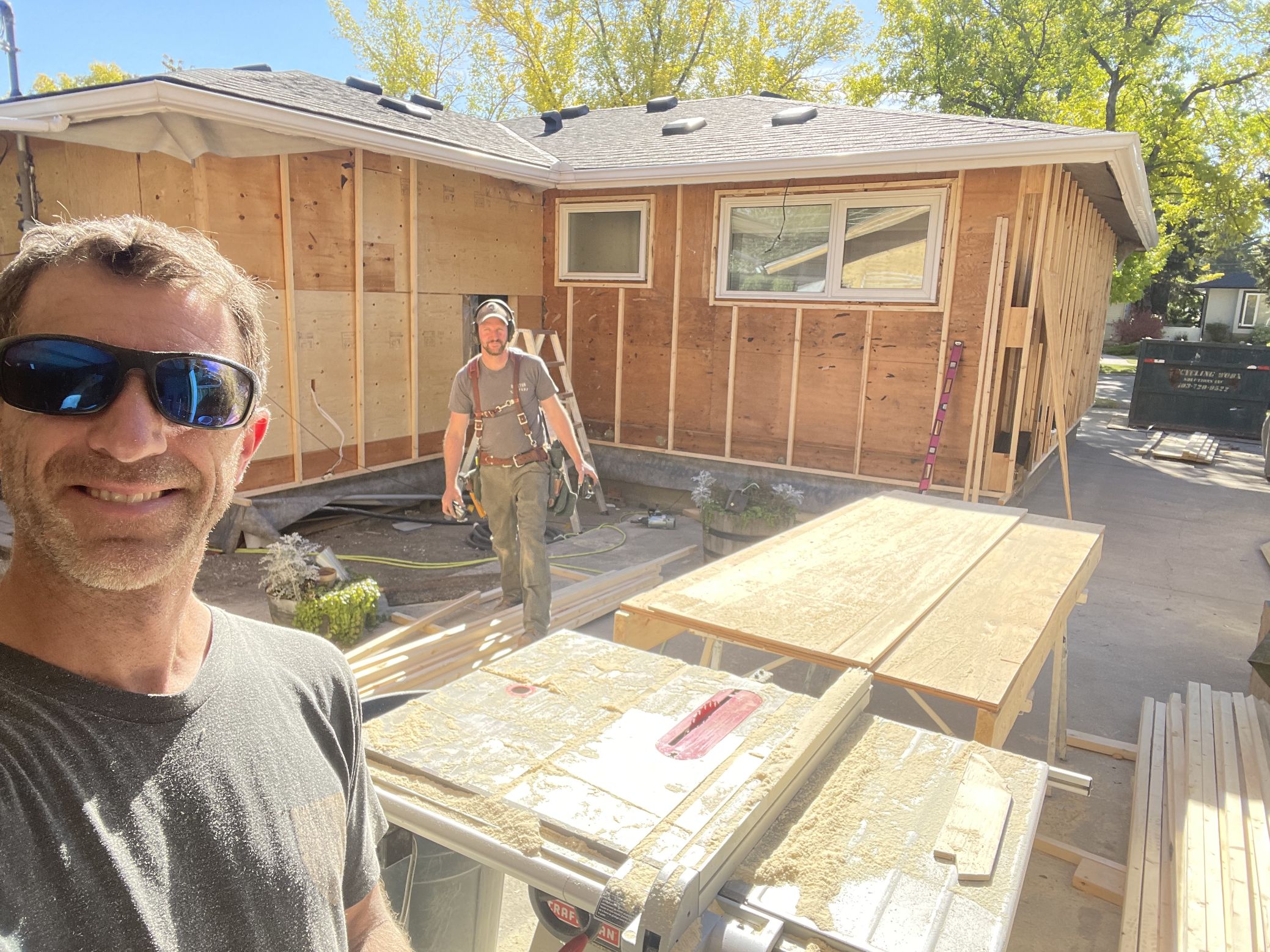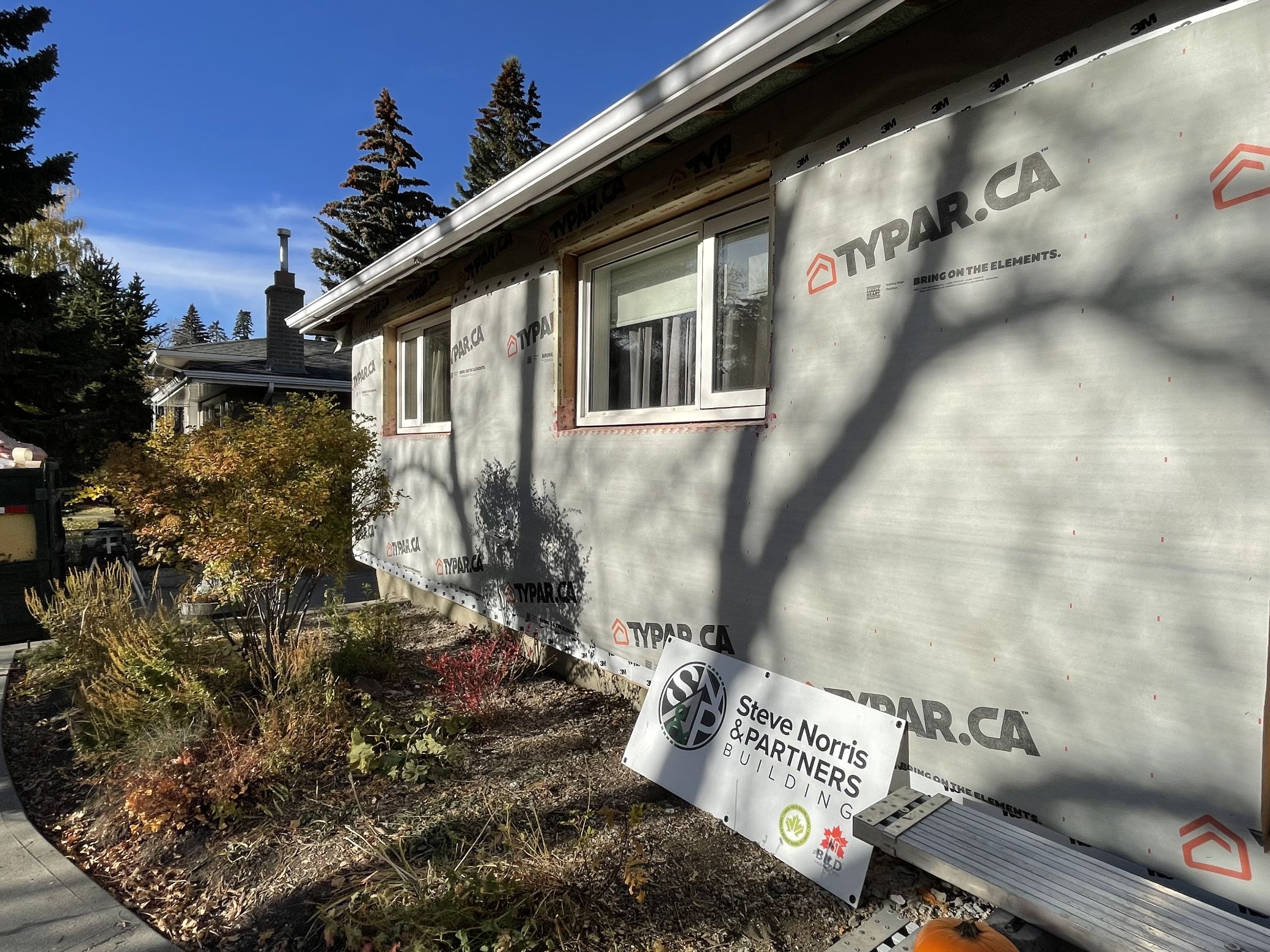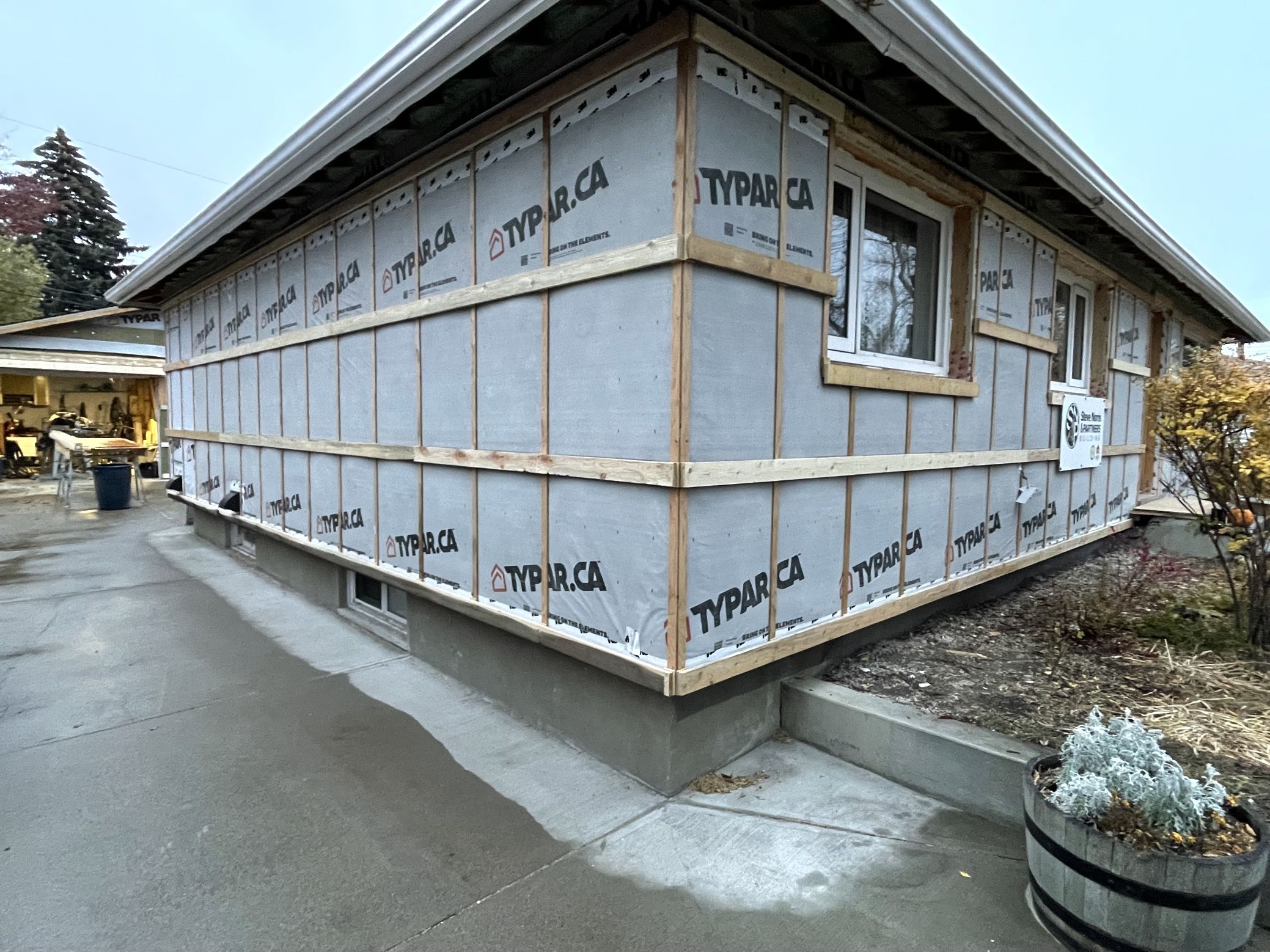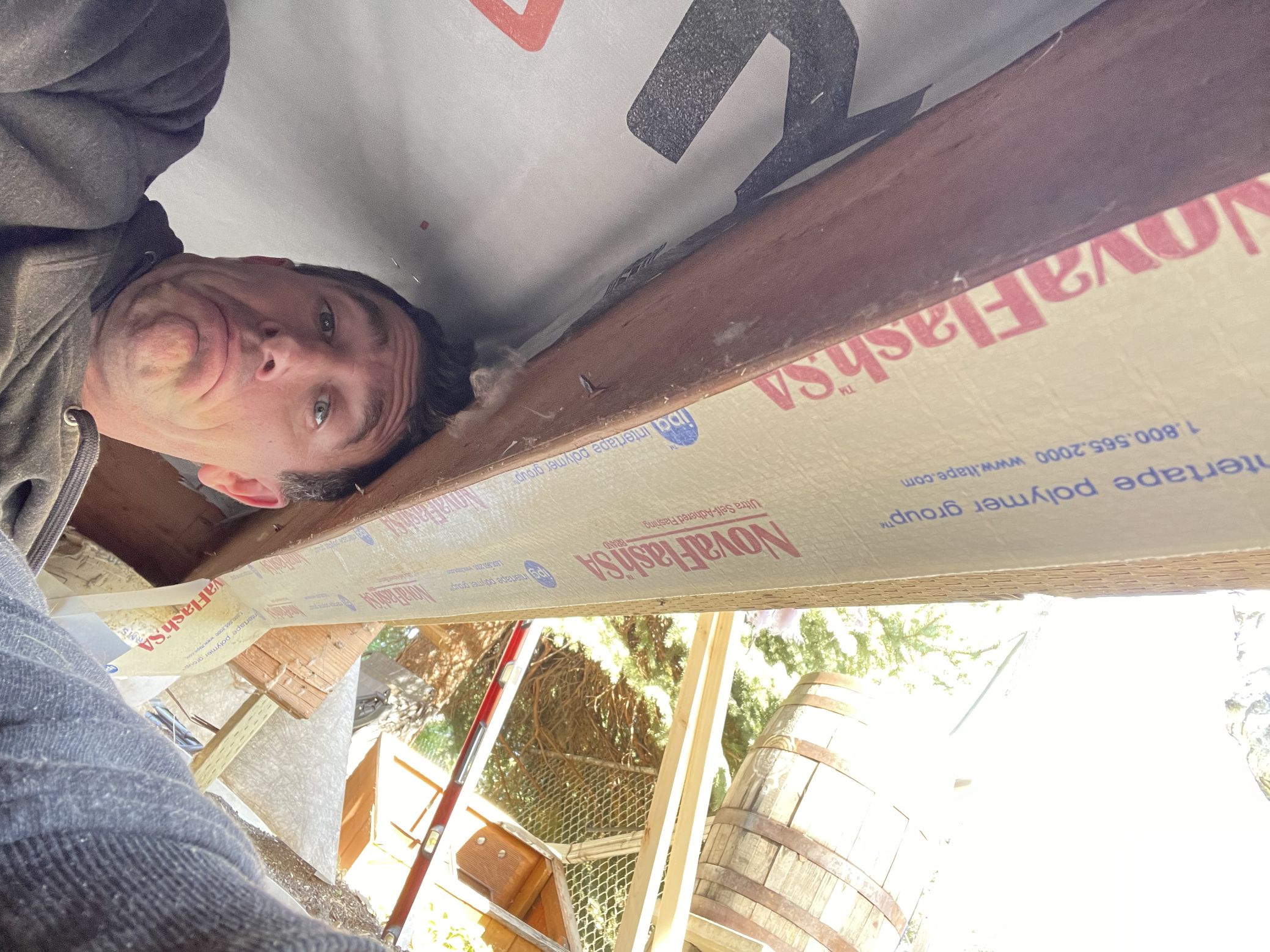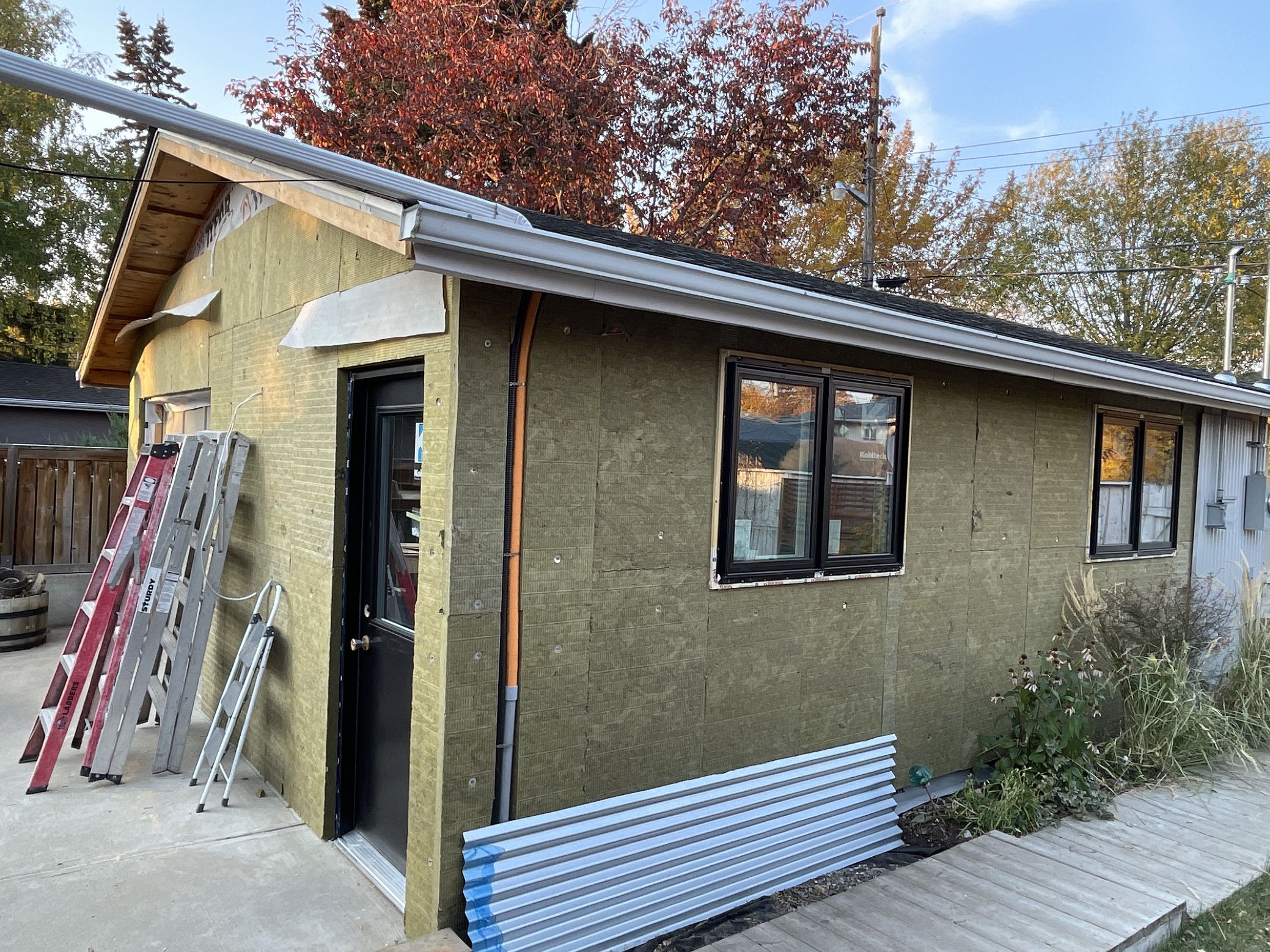Highwood Calgary Deep Energy Retrofit
This homeowner & contractor did a full retrofit to Net Zero as part of a three-case study project through the SSRIA, accompanied by a Guidebook & Curriculum project in association with SAIT.
| Building Type | Single-Family Bungalow | Location | Calgary, AB |
| Year Built | 1955 | Foundation Type | Concrete (Full Basement) |
| Structure Type | Wood-Framed | Total Floor Area | 218.8m2 |
| Climate Zone | 7a | Heating Degree Days | 5000 |
| Retrofit Status | Complete | Year Completed | 2022 |
| Retrofit Phasing | Yes | Geometry Changed | No |
| Annual Energy Savings | 106.58% | Operational Carbon Savings | 11.61 tCO2eq/yt |
| Retrofit Type | Envelope and Mechanical | Performance Level | Net Zero |
Project Team
- SNAP Building ( Builder )
- 4 Elements ( Energy Advisor )
Project Priorities
- Reduce Energy Consumption
- Achieve Net Zero or Net Zero Ready
- Increase Thermal Comfort
- Improve Indoor Air Quality
- Reduce GHG Emissions
- Improve Home Value
- Other
Upgrades
- Air Source Heat Pump for heating and cooling
- Disconnected Gas
- Increased insulation in attic and exterior walls
- Improved airtightness
- Integrated domestic hot water heat pump
- Energy Recovery Ventilator
Project Description
Planning the Retrofit
The goals of this project were operational Net Zero, electrification and solar PV, and preferred use of sustainable/recyclable insulation material.
Phase 1 consisted of attic and roof improvements. Existing insulation, 2 chimneys, 2 bath fan vents and the main plumbing stack penetrations were removed, all leaks were manually sealed. Shingles were replaced and the perimeter attic/wall air barrier connection made with sprayfoam prior to blown in cellulose installation.
Phase 2 was removal of natural gas appliances and installation of heat pump and fan coil, ERV, heat pump hot water tank and dryer, electric induction range and fireplace (and garage heat pump). Gas meter was removed, and electrical service masts moved to garage and upgraded to 200amps available on local transformer.
Phase 3 started with removal of exterior vinyl, poor foam insulation, stucco, siding, and original windows. 8" site built "Larsen Truss" wall installed with 2×2, plywood girts, and exterior plumbed 2×2 prior to installation of new windows and doors. After mesh and cellulose install, Typar AWB was installed and tape sealed, and walls were strapped for install of vertical corrugated metal siding.
Lessons Learned
- Not worth keeping existing windows. While some windows were only a few years old, quickly after insulating the home and noticing the difference between the new windows and the levels of comfort and condensation resistance, the remaining windows were replaced.
- Original ductwork was reused but was found loud after installation. Further investigation and minor rework allowed for sound dampening and less turbulence in the ductwork.
- Careful testing and review of ductwork is recommended when reusing existing.
- Air sealing the ceiling from the attic was time consuming and challenging work and some areas could not be accessed to seal. In hindsight, providing better access and use of a spray foam layer could have been more effective.
- Substantial changes to the comfort and quietness of the home was noticeable right after construction.
Before & After
General |
Envelope |
Mechanical & Electrical |
Annual Energy Usage |
Carbon Emissions* |
